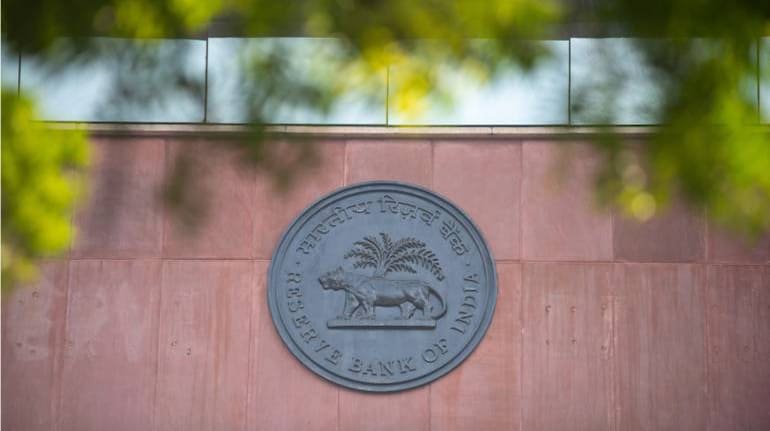



The Reserve Bank of India (RBI) is unlikely to announce any liquidity measures in the upcoming monetary policy, but may keep liquidity conditions tight going forward, experts said.
“RBI is likely to prefer to keep liquidity conditions tight so as to prevent second-round effects from the surge in food inflation in July and August,” said Gaura Sengupta, Economist at, IDFC First Bank.
This is because experts believe that the liquidity in the banking system will turn positive in the coming days after the full reversal of Incremental Cash Reserve Ratio (I-CRR) funds.
Further they expect that the RBI will announce liquidity injection tools only if liquidity falls deficit during the festive season.
“In case the system liquidity deficit widens again during festive season, they will have to take adequate measures,” said Venkatakrishnan Srinivasan, Founder and Managing Partner, Rockfort Fincorp.
The liquidity in the banking system remained tight in the last few days after the advance tax payments and goods and service tax payments despite the reversal of I-CRR.
This led short-term overnight rates to rise above the repo rate and near to the marginal standing facility rate. Prior to this, liquidity remained in huge surplus and to tackle this on August 10, the RBI asked scheduled banks to maintain an I-CRR of 10 percent on the increase in their net demand and time liabilities (NDTL) between May 19 and July 28.
The measure was intended to absorb the surplus liquidity generated by various factors, including the return of Rs 2,000 notes to the banking system.
The central bank, on September 8, took the decision to discontinue the I-CRR in a phased manner, after the review.
On September 8, the central bank said that 25 percent of the funds maintained in the I-CRR would be released on September 9 and 25 percent on September 23. The remaining 50 percent will be released on October 7.
Also Read: Would have transferred full surplus to govt had I become RBI Governor: Subhash Chandra Garg
Why liquidity turned tight
Liquidity in the banking system started falling into the deficit zone after September 15 even after the I-CRR was reversed twice. Money market experts attributed the shortfall to quarter-end tax outflows.
As per Reserve Bank of India (RBI) data, systemic liquidity slipped into a deficit on September 15 and widened to over Rs 1 lakh crore on September 18. The deficit resulted in money market rates rising above the repo rate (6.5 percent) and trading close to the marginal standing facility rate of 6.75 percent.
Also Read: India's services sector activity expands again in September as PMI rises to 61.0
Monetary policy expectation
The Monetary Policy Committee (MPC) is likely to hold the repo rate at 6.50 percent and maintain a ‘Withdrawal of Accommodation’ stance in the upcoming October monetary policy, experts said.
This is on account of the moderation in Consumer Price Index (CPI) Inflation in August and stable economic activity, experts added.
“RBI will keep rate and stance unchanged in this policy. While domestic inflation risks have moderated somewhat (with vegetable prices cooling), the risk from global commodity prices remains in place,” said Sakshi Gupta, Principal Economist at HDFC Bank.
The six-member MPC of the RBI is meeting between October 4 and 6, to decide on the interest rates. Since the April monetary policy, the RBI has kept the repo rate unchanged at 6.50 percent, after raising rates by 250 basis points (bps) since May 2022. This was after inflation showed signs of moderating.
One basis point is one-hundredth of a percentage point.
Discover the latest Business News, Sensex, and Nifty updates. Obtain Personal Finance insights, tax queries, and expert opinions on Moneycontrol or download the Moneycontrol App to stay updated!
Find the best of Al News in one place, specially curated for you every weekend.
Stay on top of the latest tech trends and biggest startup news.